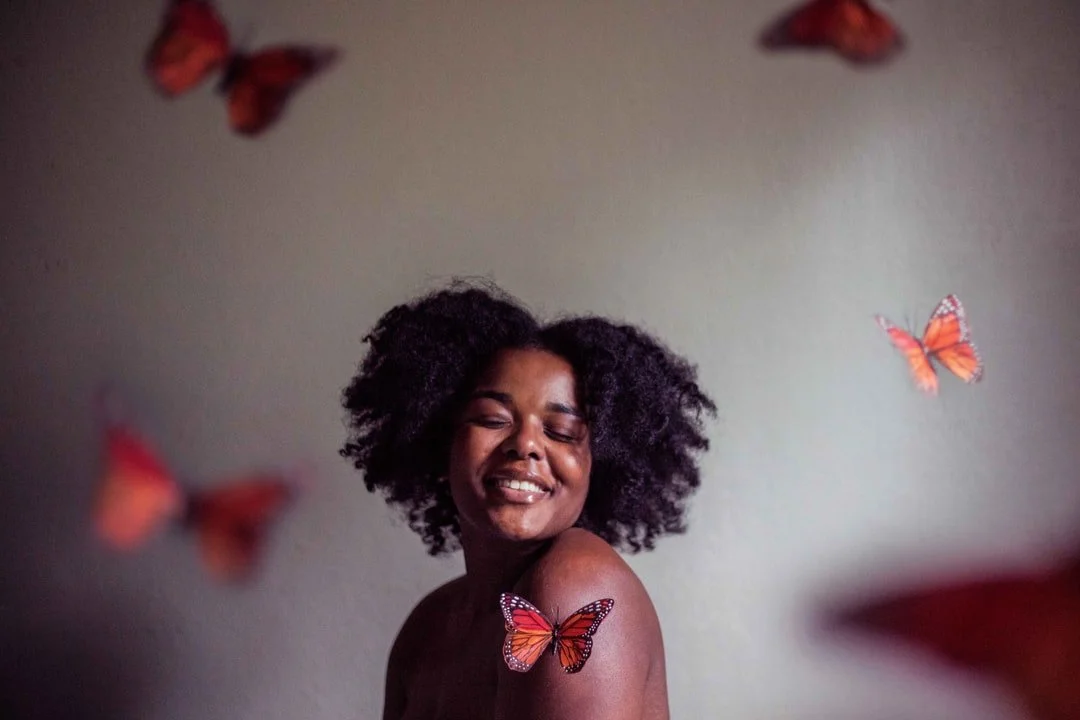 Image 1 of 2
Image 1 of 2

 Image 2 of 2
Image 2 of 2



Writing the Body: A Lyrical Exploration of the Senses: Begins 1/18
How do we make the body come alive on the page? In this generative creative writing class, we’ll explore the lyric essay and poetry through the five senses, using Mary Karr’s Sacred Carnality and Matthew Zapruder’s Make It Strange as guides. Writers will transform abstraction and cliché into vivid, embodied language through the technique of defamiliarization.
Each week, we’ll focus on one or more senses—sight, sound, smell, taste, and touch—as portals into the body’s strangeness, beauty, and complexity. Through reading, discussion, and in-class prompts, we’ll explore how defamiliarization can turn the familiar into the uncanny, the grotesque, and the sublime. Along the way, we’ll engage the body in extremis—pain, illness, addiction, pleasure, and transcendence.
For poets, lyric essayists, hybrid writers, or anyone interested in bringing an embodied lyricism to their work. All levels welcome.
COURSE TAKEAWAYS:
Use defamiliarization to combat cliche and create striking language that holds readers spellbound
Use the five senses to alchemize abstraction and create an embodied experience
The opportunity to receive detailed feedback from Dr. Anzalone and your peers
Generate four new drafts or refine works-in-progress through in-class writing prompts
SCHEDULE: 4 Sundays from 12 PM - 2 PM Live on Zoom, January 18th - February 8th
WEEK 1: Still Life with Sacred Carnality: Bringing Objects Alive
How do we make the body—and the world around it—real on the page? We begin with Mary Karr’s call for “sacred carnality,” learning to render the physical world with both precision and reverence. We’ll explore how poets and essayists transform ordinary objects into charged, embodied presences—how the inanimate can pulse with memory, emotion, and life.
Readings:
Excerpt from Still Life with Oysters and Lemon — Mark Doty
WEEK 2: Make it Strange (and Visceral): The Body in Extremis
This week, we’ll dive into the art of defamiliarization—learning how to make the ordinary shimmer with newness and confront the raw strangeness of pain, suffering, and death. We’ll push beyond comfort, using language to transform perception and evoke the body in extremis.
Readings:
Make It Strange — Matthew Zapruder
WEEK 3: Hungry Ghosts: Writing Smell, Taste, and Memory
Smell and taste are the most intimate and involuntary senses, bound to memory, trauma, and desire. We’ll write the haunted body—addiction, loss, and the hungry ghosts that linger.
Readings:
One More — Nick Flynn
“After Preparing the Altar, the Ghosts Feast Feverishly” By Jane Wong
WEEK FOUR: Altered Perceptions: The Body’s Music in Rapture and Ruin
In our final week, we’ll explore sound, noise, music, and vision, and how they expand our perception of the world. From rock and roll to revelation, we’ll write the body in rapture and ruin.
Readings:
Please note I’m only able to offer the payment plan by selling it as a physical product. You’ll see a $1 “shipping fee” at check out.
How do we make the body come alive on the page? In this generative creative writing class, we’ll explore the lyric essay and poetry through the five senses, using Mary Karr’s Sacred Carnality and Matthew Zapruder’s Make It Strange as guides. Writers will transform abstraction and cliché into vivid, embodied language through the technique of defamiliarization.
Each week, we’ll focus on one or more senses—sight, sound, smell, taste, and touch—as portals into the body’s strangeness, beauty, and complexity. Through reading, discussion, and in-class prompts, we’ll explore how defamiliarization can turn the familiar into the uncanny, the grotesque, and the sublime. Along the way, we’ll engage the body in extremis—pain, illness, addiction, pleasure, and transcendence.
For poets, lyric essayists, hybrid writers, or anyone interested in bringing an embodied lyricism to their work. All levels welcome.
COURSE TAKEAWAYS:
Use defamiliarization to combat cliche and create striking language that holds readers spellbound
Use the five senses to alchemize abstraction and create an embodied experience
The opportunity to receive detailed feedback from Dr. Anzalone and your peers
Generate four new drafts or refine works-in-progress through in-class writing prompts
SCHEDULE: 4 Sundays from 12 PM - 2 PM Live on Zoom, January 18th - February 8th
WEEK 1: Still Life with Sacred Carnality: Bringing Objects Alive
How do we make the body—and the world around it—real on the page? We begin with Mary Karr’s call for “sacred carnality,” learning to render the physical world with both precision and reverence. We’ll explore how poets and essayists transform ordinary objects into charged, embodied presences—how the inanimate can pulse with memory, emotion, and life.
Readings:
Excerpt from Still Life with Oysters and Lemon — Mark Doty
WEEK 2: Make it Strange (and Visceral): The Body in Extremis
This week, we’ll dive into the art of defamiliarization—learning how to make the ordinary shimmer with newness and confront the raw strangeness of pain, suffering, and death. We’ll push beyond comfort, using language to transform perception and evoke the body in extremis.
Readings:
Make It Strange — Matthew Zapruder
WEEK 3: Hungry Ghosts: Writing Smell, Taste, and Memory
Smell and taste are the most intimate and involuntary senses, bound to memory, trauma, and desire. We’ll write the haunted body—addiction, loss, and the hungry ghosts that linger.
Readings:
One More — Nick Flynn
“After Preparing the Altar, the Ghosts Feast Feverishly” By Jane Wong
WEEK FOUR: Altered Perceptions: The Body’s Music in Rapture and Ruin
In our final week, we’ll explore sound, noise, music, and vision, and how they expand our perception of the world. From rock and roll to revelation, we’ll write the body in rapture and ruin.
Readings:
Please note I’m only able to offer the payment plan by selling it as a physical product. You’ll see a $1 “shipping fee” at check out.











